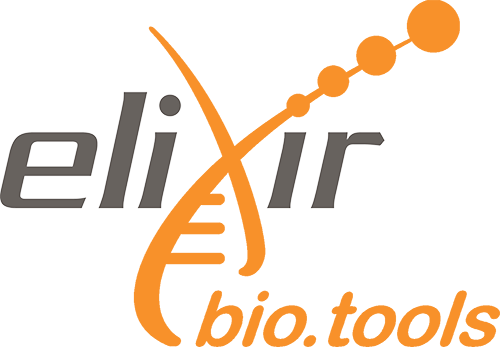e-learning
Genome annotation with Funannotate
Abstract
Genome annotation of eukaryotes is a little more complicated than for prokaryotes: eukaryotic genomes are usually larger than prokaryotes, with more genes. The sequences determining the beginning and the end of a gene are generally less conserved than the prokaryotic ones. Many genes also contain introns, and the limits of these introns (acceptor and donor sites) are not highly conserved.
About This Material
This is a Hands-on Tutorial from the GTN which is usable either for individual self-study, or as a teaching material in a classroom.
Questions this will address
- How to annotate an eukaryotic genome with Funannotate?
- How to perform functional annotation?
- How to evaluate and visualize annotated genomic features?
- How to format the annotation for submission at NCBI?
Learning Objectives
- Load genome into Galaxy
- Annotate genome with Funannotate
- Perform functional annotation using EggNOG-mapper and InterProScan
- Evaluate annotation quality with BUSCO
- View annotations in JBrowse
Licence: Creative Commons Attribution 4.0 International
Keywords: Genome Annotation, biodiversity, eukaryote, gmod, jbrowse1
Target audience: Students
Resource type: e-learning
Version: 26
Status: Active
Prerequisites:
- Introduction to Galaxy Analyses
- Masking repeats with RepeatMasker
Learning objectives:
- Load genome into Galaxy
- Annotate genome with Funannotate
- Perform functional annotation using EggNOG-mapper and InterProScan
- Evaluate annotation quality with BUSCO
- View annotations in JBrowse
Date modified: 2025-06-10
Date published: 2021-11-29
Contributors: Alexandre Cormier, Anthony Bretaudeau, Björn Grüning, Bérénice Batut, Cristóbal Gallardo, Erwan Corre, Helena Rasche, Jonathan Kreplak, Laura Leroi, Saskia Hiltemann, Simon Bray, Stéphanie Robin
Scientific topics: Genomics, Gene and protein families
Activity log


